What Do You Wear Under Your Kilt?

The Most Frequently Asked, Least Politely Worded Question in Scottish History
Ah yes, the age-old question. You’re standing tall, proud, maybe even a bit windblown in your tartan finery, and suddenly a stranger sidles up with that mischievous twinkle in their eye and asks:
“So… what are you wearing under your kilt?”
It’s always the first thing people want to know. Not “What’s your clan?” or “Is that wool scratchy?” No no—straight for the nether matters. Somehow, kilts have become less about history and heritage and more about mystery and cheekiness. So let’s lift the… veil? Hem? And finally reveal the truth (with dignity and a splash of humor).
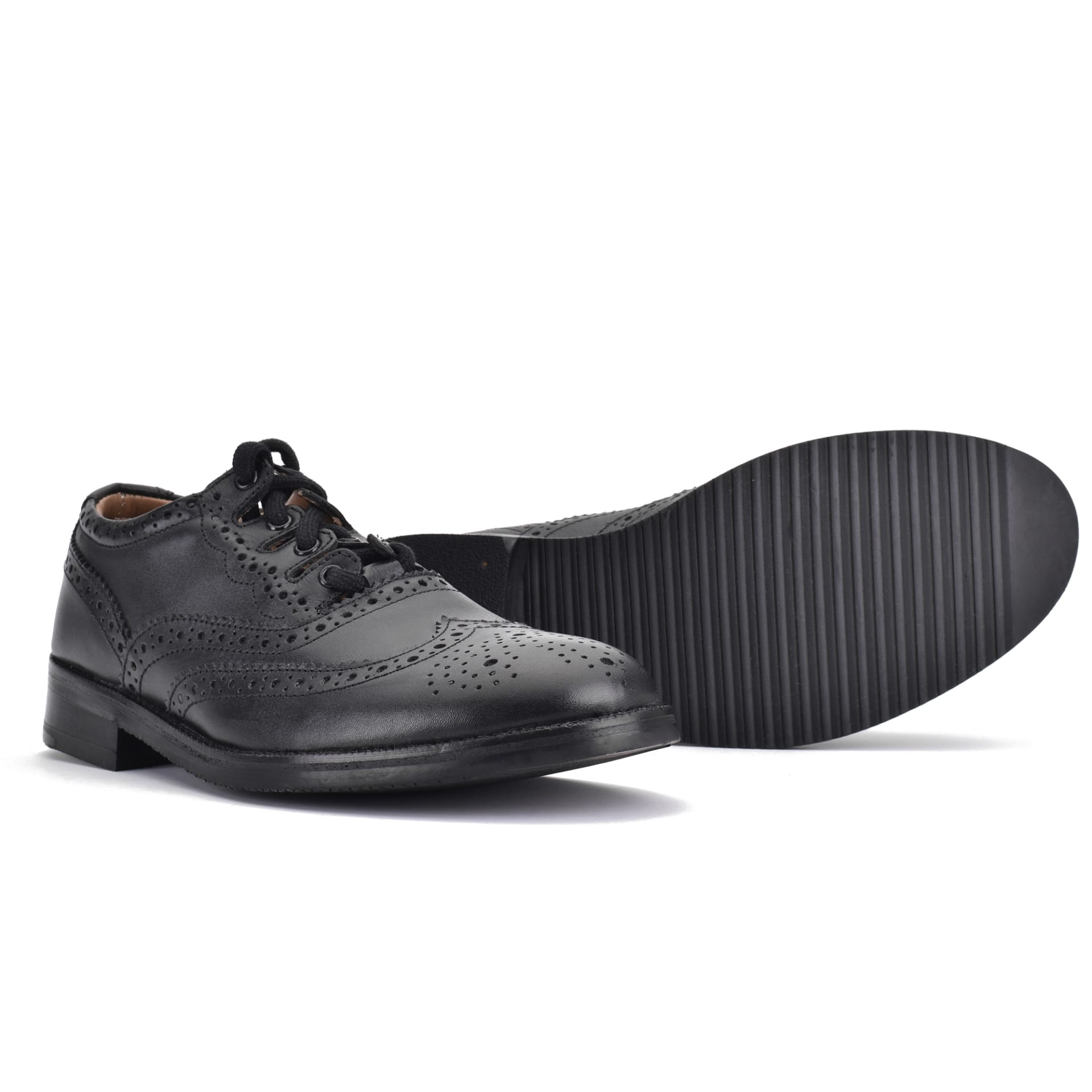
The Historical Peek-a-Boo
First off, let’s rewind. Back in the misty, midge-infested Highlands of Scotland, men didn’t wear kilts the way you see at weddings or ceilidhs today. The feileadh mór, or “great kilt,” was basically a large plaid blanket wrapped and belted around the waist. You could wear it, sleep in it, and probably build a temporary shelter out of it if the weather turned.
As for what went underneath? No one knows for sure. Historical records were more focused on battles, cattle, and clan feuds than whether someone was wearing linen boxer briefs. But the prevailing theory is that Highlanders wore a long linen shirt—or leine—that doubled as both tunic and undergarment. This reached the knees, covered the essentials, and most importantly, didn’t show under the kilt. Practical, breezy, and breathable. The medieval version of athleisure.
Plus, there are reports of Highlanders stripping off their kilts to perform physically demanding tasks. Think farming, hunting, and occasionally waging war. And yes, you read that right: they sometimes fought battles in just their shirts. Because nothing says “Don’t mess with me” like charging at your enemy with your clan sword swinging—and everything else swinging too.
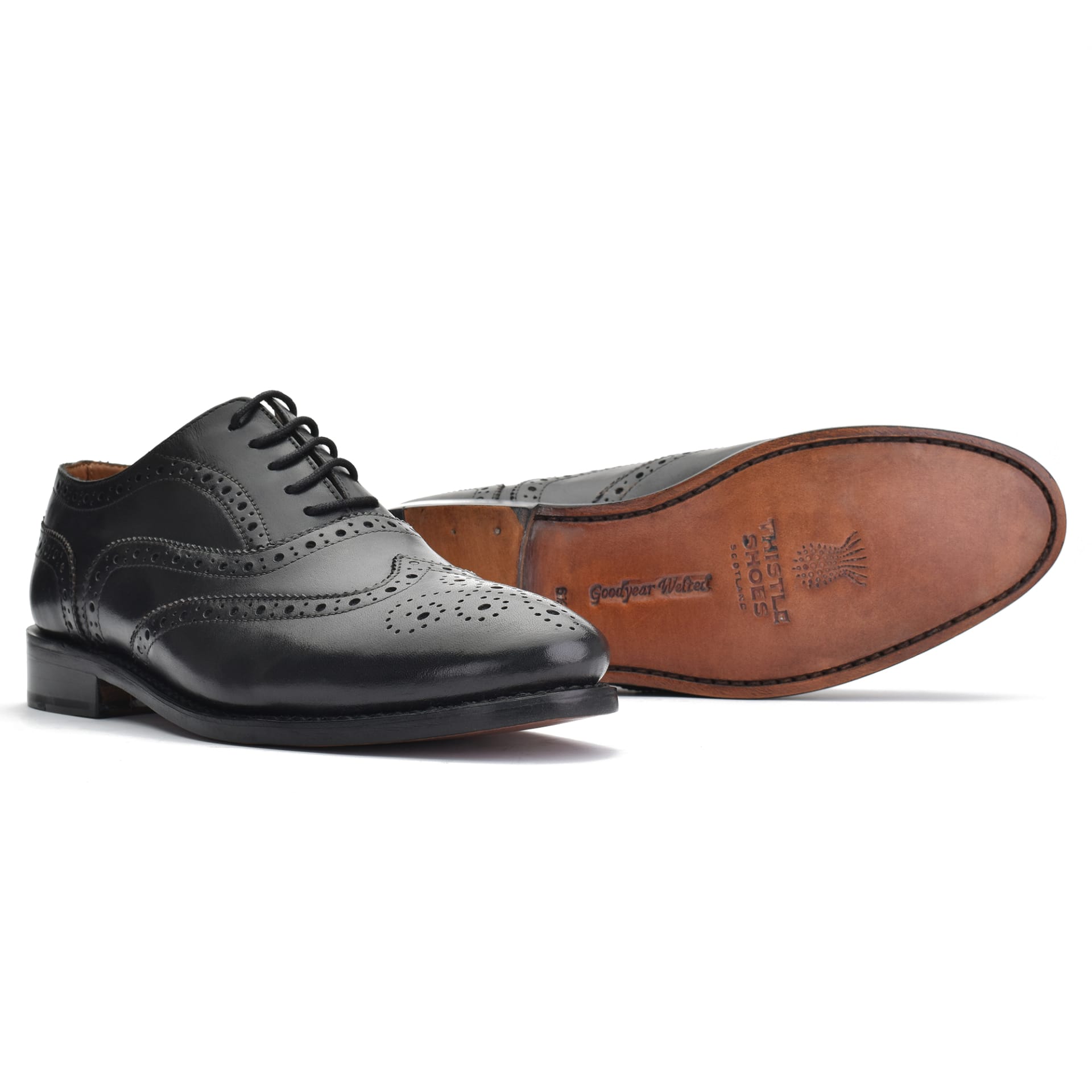
The Military and the Mirror Check
Fast forward to the 18th century and beyond, when the kilt made its way into military dress. At this point, “going regimental” took on a whole new meaning. The Scottish regiments proudly donned their kilts in battle (until 1940, when they were finally retired from combat due to chemical warfare making ventilation less fashionable).
Interestingly, underwear was not part of the uniform. In fact, rumor has it that officers would use mirrors to check under the kilts during inspection. Yes—mirrors. We’re not sure whether that’s dedication to tradition or just the 18th-century version of an HR nightmare.
However, exceptions were made. Highland dancers and pipe band leaders—who often flung their legs into the air with great gusto—were permitted to wear underwear. No one wants to see the underside of a jig, after all.
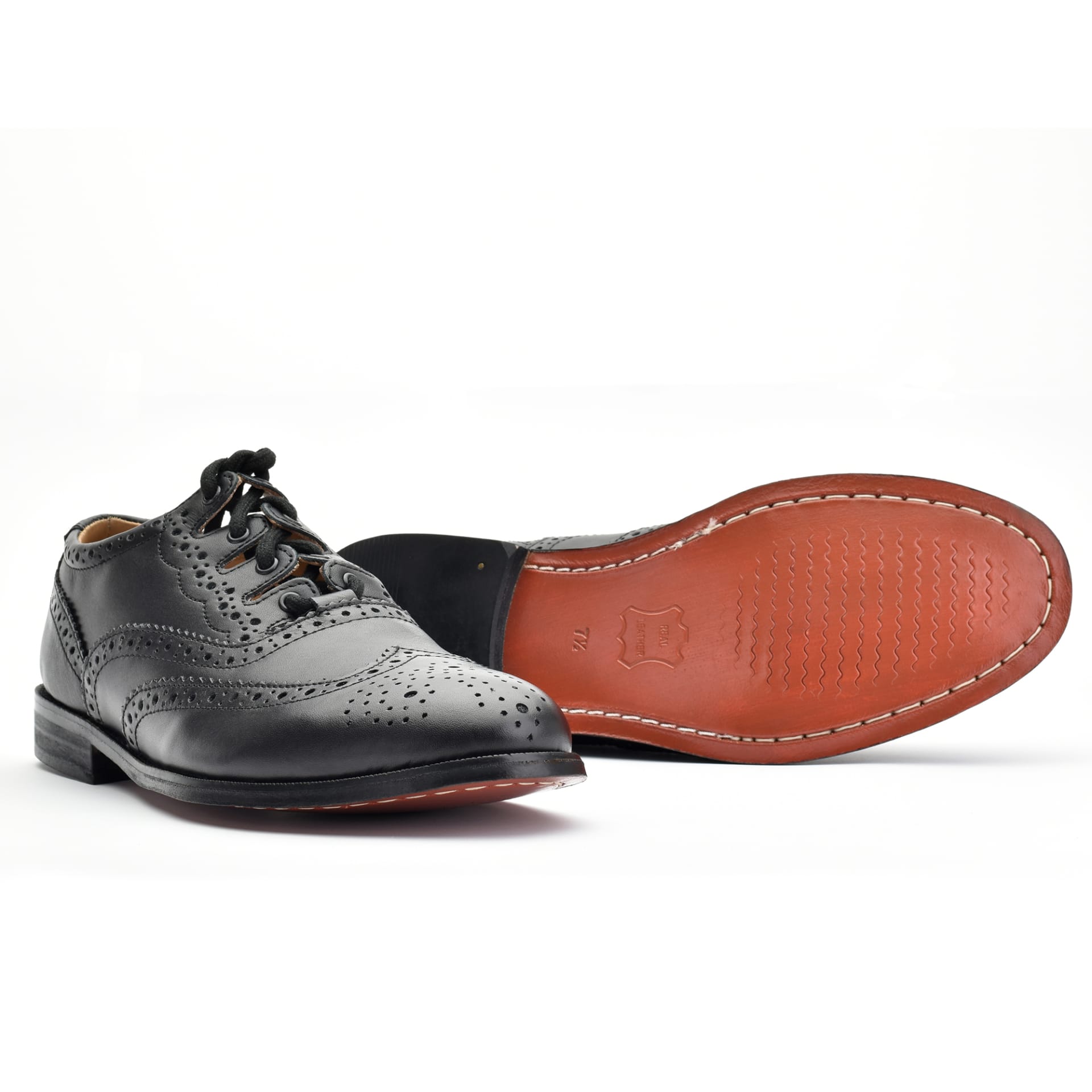
To Pants or Not to Pants?
In today’s world, the great kilt debate rages on. Purists will say “a true Scotsman wears nothing underneath!” while others point out that washing a kilt is more complicated than washing, say, a pair of socks. And let’s be honest, no one wants to rent a kilt that’s seen too much… history.
In 2016, You Gov conducted the ultimate public service by asking 315 kilted men what they wore beneath the tartan. Here’s what they found:
- 55% wore underwear (sensible, clean, polite company-ready)
- 38% went regimental (brave, breezy, bold)
- 7% wore shorts or “something else” (we have questions)
Interestingly, younger Scots (under 25) and older gentlemen (65+) were the least likely to go commando. It seems the free-swinging days belong to the middle-aged Scots, possibly because they’ve reached that magical age where they no longer care what anyone thinks—and frankly, they’ve earned that right.
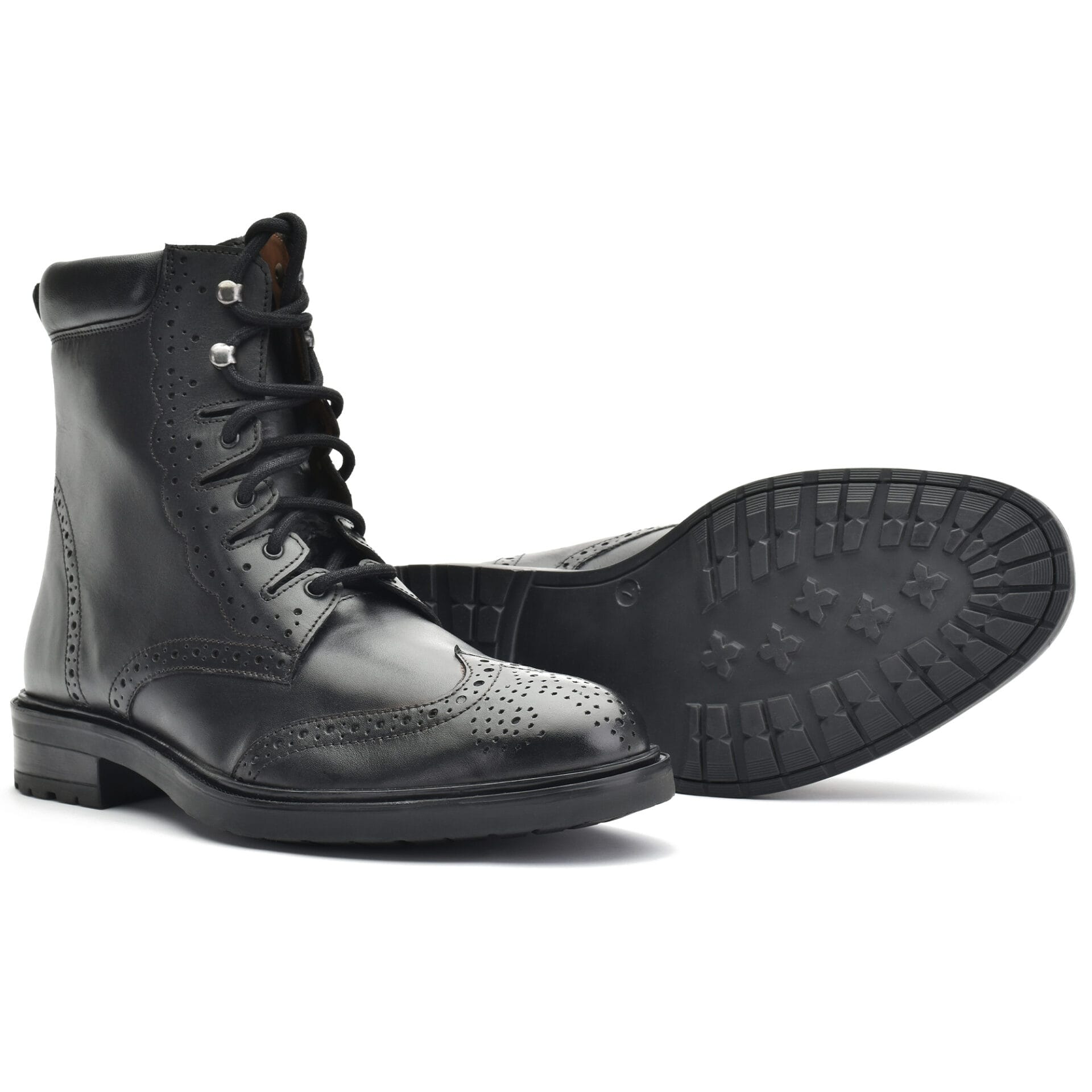
So What Should You Wear?
The answer, my friends, is entirely up to you.
Going regimental is still seen by some as the mark of a “true Scotsman,” but wearing underwear doesn’t make you any less authentic. In fact, given modern social etiquette and unpredictable gusts of wind, wearing a little something can save you from becoming an unwilling viral video sensation.
But here’s the golden rule:
If you’re renting a kilt, for the love of all that is tartan—wear underwear.
Nobody wants to be haunted by the ghost of groomsmen past.
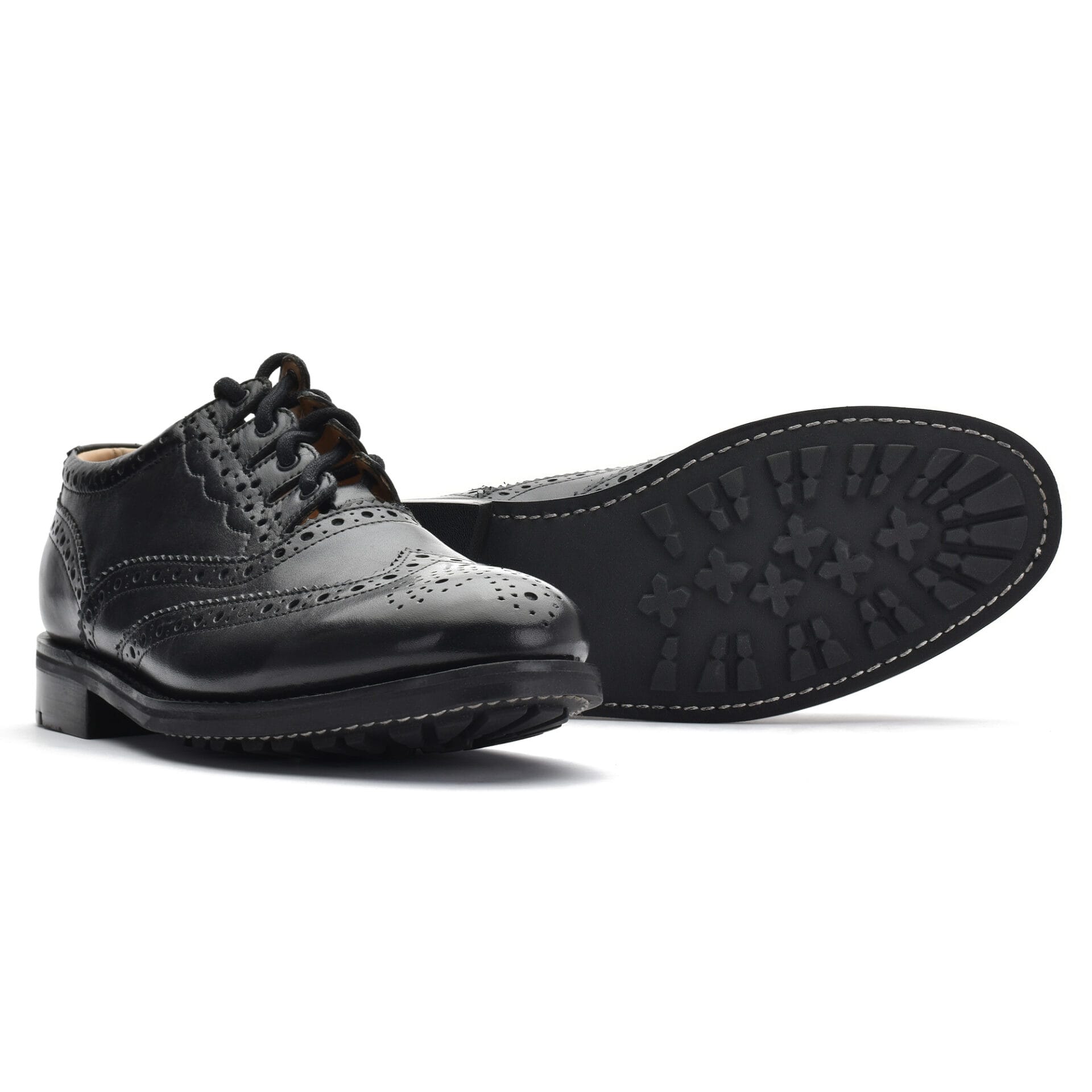
In Conclusion
What you wear under your kilt is between you, your conscience, and perhaps your dry cleaner. Whether you go regimental, semi-regimental (whatever that means), or fully briefed, the kilt remains a symbol of pride, heritage, and occasionally, mystery.
Just remember: if someone asks, “What are you wearing under your kilt?”
You can smile, raise an eyebrow, and answer the old classic:
“Your imagination.”